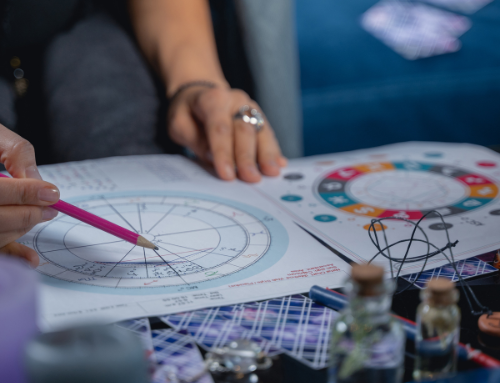Meditation – what style is right for me?
Meditation can be defined as a range of techniques that are intended to support greater relaxation and awareness.
The many benefits of meditation include: calming the mind and body, encouraging greater connection to oneself and fostering inner peace. With regular practice, the calmness and clarity we experience in meditation can then extend into the rest of our lives.
Whilst its recorded use dates back to prehistoric times, meditation first became of interest in the West in the 1700s, when Eastern philosophy texts were translated into different European languages. It has continued to grow in popularity ever since.
There are many types of meditation, but most have four common elements: a quiet location; a comfortable posture; a focus of attention, such as the breath or a word; and an openness to letting thoughts come and go. Below is a brief description of some of the main types of meditation practised around the world today, although note that there is a considerable amount of overlap between many of these styles.
Basic Meditation
Basic meditation practices usually involve sitting in a comfortable position, either on the floor or in a chair, using the breath as a point of focus. If you find yourself distracted by thoughts or find your mind wandering, gently redirect your focus back toward your breath. You may like to count your breath as it comes in and out up to 5, then start again. If you are yet to try meditation this is perhaps the simplest method to start with.
Focused Meditation
With focused meditation, you focus on something such as an object, thought or even sound, without any judgement. If thoughts appear, just observe them and gently let them go. You may like to focus on something visual, such as a tree or the sky. Otherwise listening to a guided meditation may enable you to focus as you listen to the words and sounds on the recording. Having a more specific focal point may be easier for some people and is a popular way to calm and settle the mind.
Activity-Oriented Meditation
Activity-oriented or movement meditation combines meditation with activities you may already enjoy to help you focus on the present. With this type of meditation, you engage in a repetitive activity with minimal outside thought, experiencing what many describe as a sense of ease or flow. The most popular of these is a walking meditation, whereby you bring your focus onto your surroundings, letting go of other thoughts which may try to attract your attention. As you walk, the rhythm of your steps becomes your anchor, allowing your mind to remain in the present. As an alternative, art/craft activities, such as knitting or painting, are also a popular way to engage in a pleasurable, repetitive activity which supports a quieter, calmer mind.
Mindfulness Meditation
Mindfulness simply involves staying in the present moment rather than thinking about the future or the past, although this can be easier said than done! This type of meditation has increased in popularity in recent decades. One approach to mindfulness is to simply observe and sit with any sensations or emotions in the body at a given time, without any thought or judgement. The benefits of mindfulness can also extend out from our meditation practice into our daily lives when engaged in regularly.
Spiritual Meditation
Meditation has a longstanding history of being associated with religious or spiritual pursuits. Although meditation isn’t specific to any one religion, it can be a spiritual practice, if you are drawn to this. You may choose to meditate on a simple question until an answer comes, or meditate to clear your mind and accept whatever comes that day. Buddhist loving-kindness meditations, which aim to increase our feelings of love and compassion towards ourselves and others, are also popular.
Meditation can bring many benefits on a personal level and also more widely help us all to contribute to an expanding worldwide culture of peace, compassion and kindness. You may already have a favourite style of meditation which you enjoy and practise. Or perhaps you have tried one that hasn’t really worked well in the past. In that case I’d encourage you to consider other options, as there is likely to be one that fits your lifestyle and preferences. Whichever method you choose, keep in mind that regular practice, even just a few minutes a day, is more helpful than longer but less frequent sessions. Many people like to meditate upon rising in the morning or before retiring to bed at night but any time can be beneficial. In the end, the best meditation technique, and the one that will help you gain the most positive results, is the one you can stick to.
By Kerrie Clayton
Kerrie has been a member of the AHHCA for 10 years and is currently part of its Committee of Management.
She is a qualified Holistic Health Practitioner and Reiki Master. Kerrie may be contacted via wellnesswithkerrie@outlook.com
References:







Leave A Comment